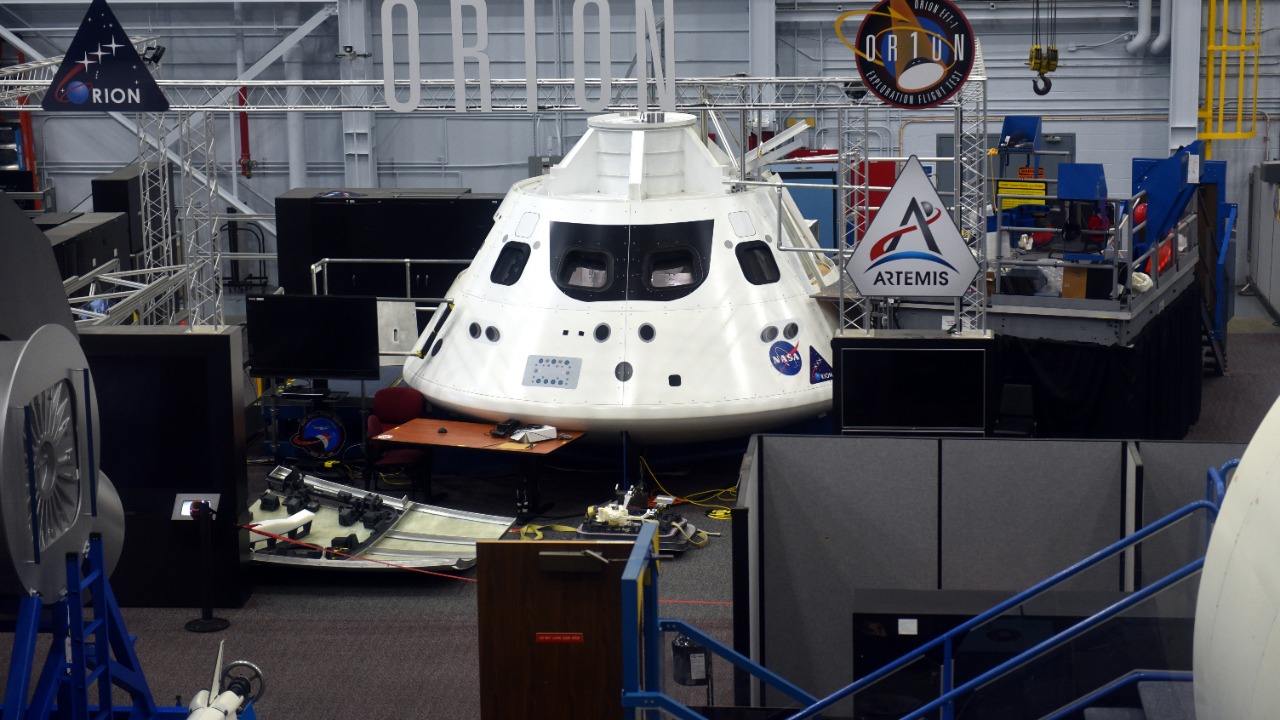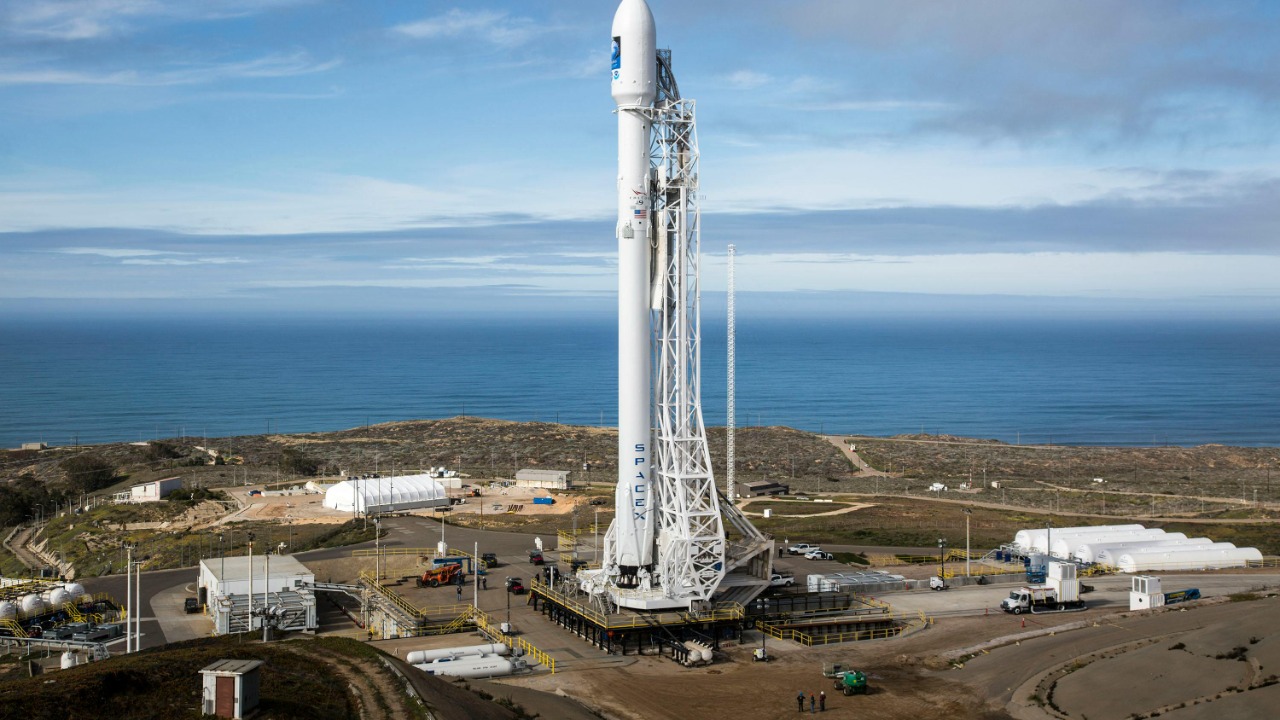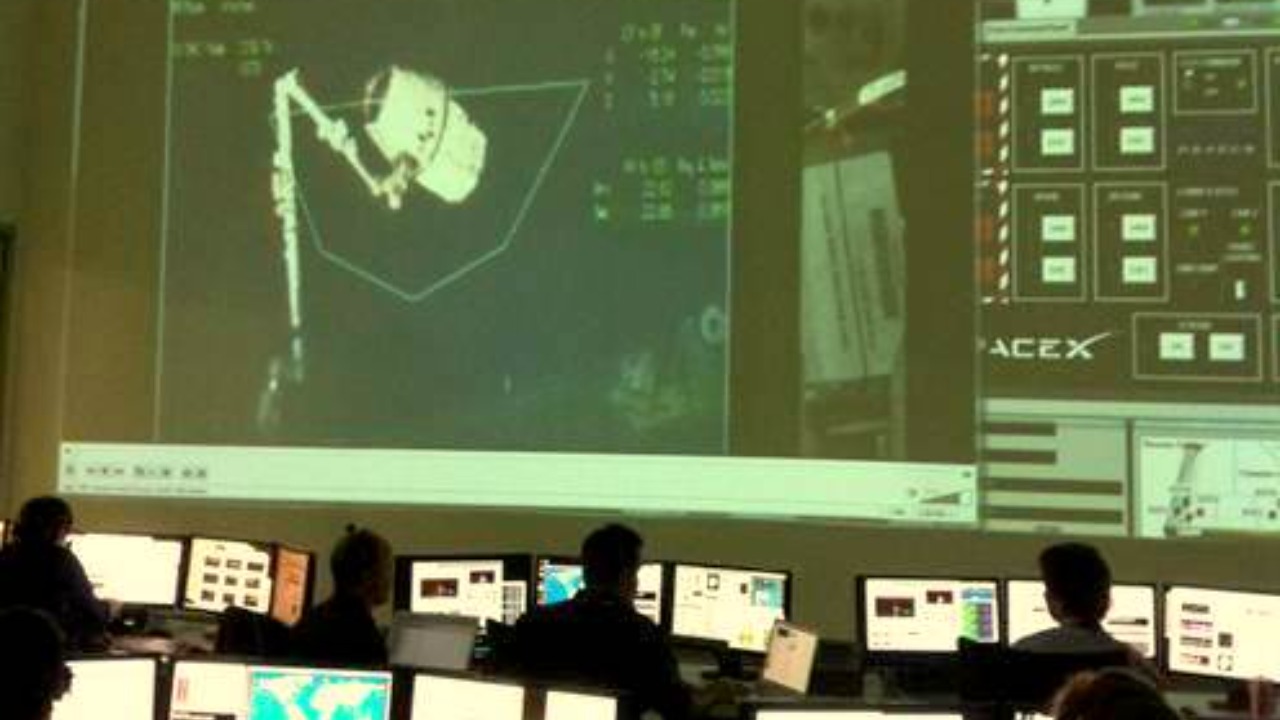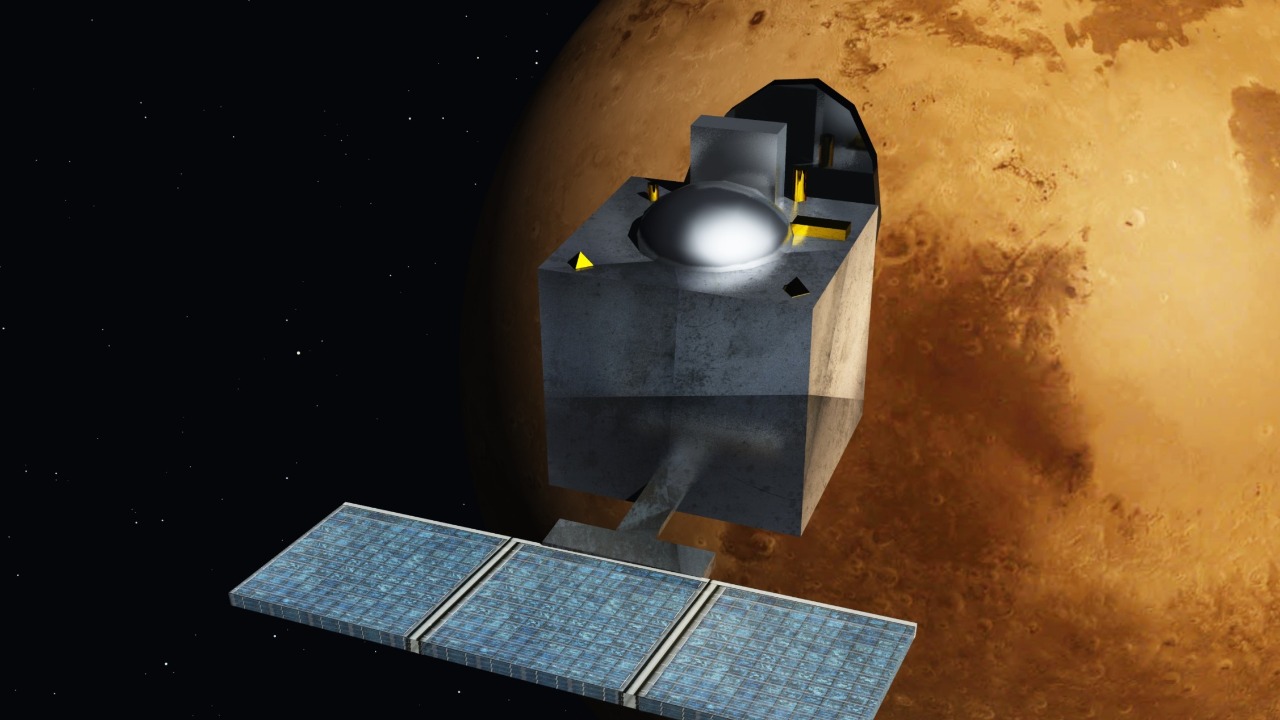
SpaceX recently confirmed an engine failure on its Starship spacecraft, a crucial part of its ambitious space exploration plans. The incident has sparked widespread discussions regarding the reliability and safety of the spacecraft as the company continues to push the boundaries of space travel. This article delves into the details of the failure, its implications for SpaceX’s future missions, and the technological advancements being implemented to prevent similar issues.
Technical Details of the Engine Failure

The recent engine failure on SpaceX’s Starship involved the malfunction of one of its Raptor engines. According to Gadgets360, initial assessments suggest that the failure might have been triggered by a combustion instability within the engine. This type of instability can lead to erratic combustion behavior, resulting in significant performance issues. Experts are keenly analyzing data from the incident to pinpoint the exact cause, with some speculating that extreme thermal conditions or material stress might be contributors.
The engine failure has prompted SpaceX to reevaluate certain aspects of the Starship’s design. The malfunction highlights potential vulnerabilities in the current Raptor engine configuration, which may necessitate redesigns or upgrades to ensure greater reliability. Engineers are considering modifications to mitigate thermal stress and enhance material resilience, which could involve changes to the engine’s cooling systems or the materials used in its construction.
Reflecting on previous test flights, SpaceX has faced engine-related issues before. For instance, in an earlier test flight, a Raptor engine experienced a similar problem, leading to a premature end to the mission. These past experiences have contributed valuable insights into the current investigation, allowing engineers to apply lessons learned and make informed decisions about necessary improvements and preventive measures.
Implications for SpaceX’s Mission Timeline

The engine failure could have significant ramifications for SpaceX’s mission timeline. With several test flights and operational launches scheduled in the near future, any delay could impact the broader timeline of the Starship program. Delays are likely as the company prioritizes resolving the engine issues before proceeding with subsequent missions. The potential postponement of flights could affect SpaceX’s plans for lunar missions and ultimately its ambitious objectives for Mars exploration.
Financially, the incident poses a challenge for SpaceX. The company must allocate resources to address the engine failure, potentially impacting its financial health. Moreover, this setback could influence public and investor confidence in SpaceX’s capabilities. Maintaining a positive reputation is crucial for SpaceX, especially as it competes in the ever-growing commercial spaceflight industry. The company will need to reassure stakeholders that it is committed to overcoming these challenges and continuing its pursuit of space exploration.
Furthermore, the engine failure could invite increased scrutiny from regulatory bodies, which are responsible for ensuring the safety and reliability of space missions. SpaceX may need to work closely with these agencies to address safety concerns and demonstrate compliance with industry standards. This collaboration could involve providing detailed reports on the failure, implementing recommended safety measures, and participating in additional reviews and inspections.
SpaceX’s Response and Mitigation Strategies

SpaceX has responded to the engine failure with transparency, issuing official statements to communicate the details of the incident and its commitment to resolving the issue. The company has emphasized its dedication to learning from this setback and implementing necessary changes to prevent future occurrences. By maintaining open communication with the public and stakeholders, SpaceX aims to reinforce trust in its ability to overcome challenges and advance its space exploration goals.
In terms of technological innovations, SpaceX is exploring various upgrades to enhance the reliability of its Raptor engines. These improvements may include refining the engine’s design to address known vulnerabilities, incorporating advanced materials to withstand extreme conditions, and optimizing the engine’s cooling systems. By investing in these upgrades, SpaceX seeks to bolster the Starship’s performance and ensure safe and successful missions moving forward.
Collaboration with aerospace experts and regulatory agencies is also a critical aspect of SpaceX’s strategy. Engaging with industry professionals allows the company to benefit from a wealth of experience and expertise in addressing similar challenges. By working together, SpaceX can develop effective solutions and ensure that the Starship meets the highest safety and reliability standards.
Broader Impact on Space Exploration

The engine failure not only affects SpaceX but also has broader implications for the commercial spaceflight industry. As one of the leading private space companies, SpaceX’s challenges can have a ripple effect on the industry, influencing the strategies and priorities of other players. Competitors may take note of the incident and adjust their own approaches to avoid similar setbacks, potentially accelerating innovation and improvements across the sector.
Public perception of space travel could also be impacted by the engine failure. While setbacks are an expected part of advancing space exploration, they can raise questions about the safety and feasibility of human space travel. SpaceX and other companies will need to address these concerns to maintain public interest and support for their initiatives. By demonstrating a commitment to safety and reliability, the industry can continue to inspire confidence in the potential of space exploration.
In the long term, the engine failure may influence humanity’s broader space exploration goals. Technical setbacks can lead to delays in achieving milestones such as lunar colonization or Mars missions. However, these challenges also provide opportunities for growth and development, as companies learn from their experiences and refine their technologies. As a result, the incident could ultimately contribute to more robust and reliable space exploration efforts in the future.
Expert Opinions and Industry Analysis

Insights from aerospace experts provide valuable context for understanding the implications of the engine failure. Leading engineers and industry professionals have weighed in on the incident, highlighting the importance of addressing the root causes and implementing effective solutions. Their analyses underscore the need for continuous innovation and adaptation to ensure the success of ambitious space programs like SpaceX’s Starship.
Historically, the aerospace industry has faced numerous challenges related to engine failures. Comparing the current incident with past experiences, such as the Apollo program’s engine issues, provides valuable lessons for SpaceX and the industry as a whole. By examining historical challenges, companies can identify effective strategies for overcoming setbacks and improving the reliability of their spacecraft.
Looking ahead, experts recommend that SpaceX and the industry focus on enhancing the resilience of their technologies. This may involve investing in research and development to discover new materials and techniques that can withstand the harsh conditions of space travel. By prioritizing innovation and collaboration, SpaceX can continue to advance its Starship program and contribute to the broader goals of space exploration.